Vegetable Gardening Basics
- Posted on
- 0
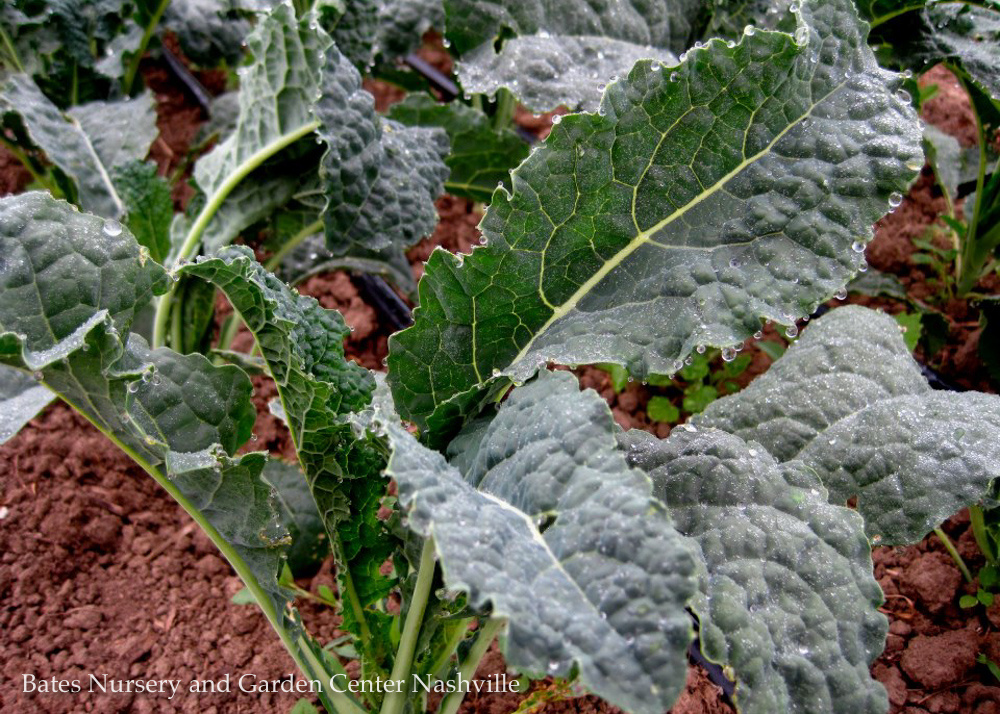
Are you planning a vegetable garden for the first time? Below is a simple and straightforward guide to get your garden started.
Key Takeaways:
This vegetable garden calendar from University of Tennessee Extension is a great resource.
We are in hardiness zone 7b here in Nashville. Knowing the hardiness zone will help you to understand what vegetables to choose and when to plant them.
Your soil is the key to the success of your garden. Using quality soil mixes greatly improves germination rates and plant health. EarthMix® Garden Products are made right here in Nashville. Their selection of organic and sustainable soils and soil amendments will keep your garden going all season long.
Transplanting vs. Direct Seeding-Some vegetables like beans, peas, root vegetables, and lettuce mature quickly and will generally do well direct-sown. Starting vegetables from seed is rewarding, but some vegetables require a long growing season, which means you must start them indoors in the winter. It can be tricky to meet seedlings’ needs, especially without artificial light, and so some vegetables (think tomatoes, peppers, and eggplants) are best purchased as transplants, especially for the beginner gardener.

January:
Make a plan!
It's important to plan before planting. Below are a few considerations for your vegetable garden:
- Does the location get enough sun? Depending on what veggies you grow, your garden may have different sun needs. Some crops like kale, cabbage, lettuce, and spinach do well in light shade, with about 4-6 hours of sunlight per day. Sun-loving vegetables like melons, okra, tomatoes, peppers, and beans need at least 6 hours of full sun per day.
- Should you install raised beds? Middle Tennessee is notorious for its heavy clay soil. Amending the soil with products like EarthMix® Supernatural™ Compost is certainly an option for in-ground beds. Raised beds are a great alternative for small spaces, or areas where small animals like rabbits and squirrels may be an issue.
- Is water accessible from your location? During the hot Tennessee summers, your garden will need supplemental water. Be sure that your garden is in an area where watering won't be a hassle, and consider installing drip tape if possible.
- What vegetables do you and your family enjoy eating? Vegetable gardening should be a joyful endeavor. If you don't like kale, don't grow it!
- Which vegetables should you grow from seed, and which from transplants? Starting seeds indoors can give you a jumpstart on spring gardening, but you need space and sufficient light to be successful. Some plants like radishes, peas, and beans are fairly easy to start from seed, and can be direct-sown after the risk of the last frost.
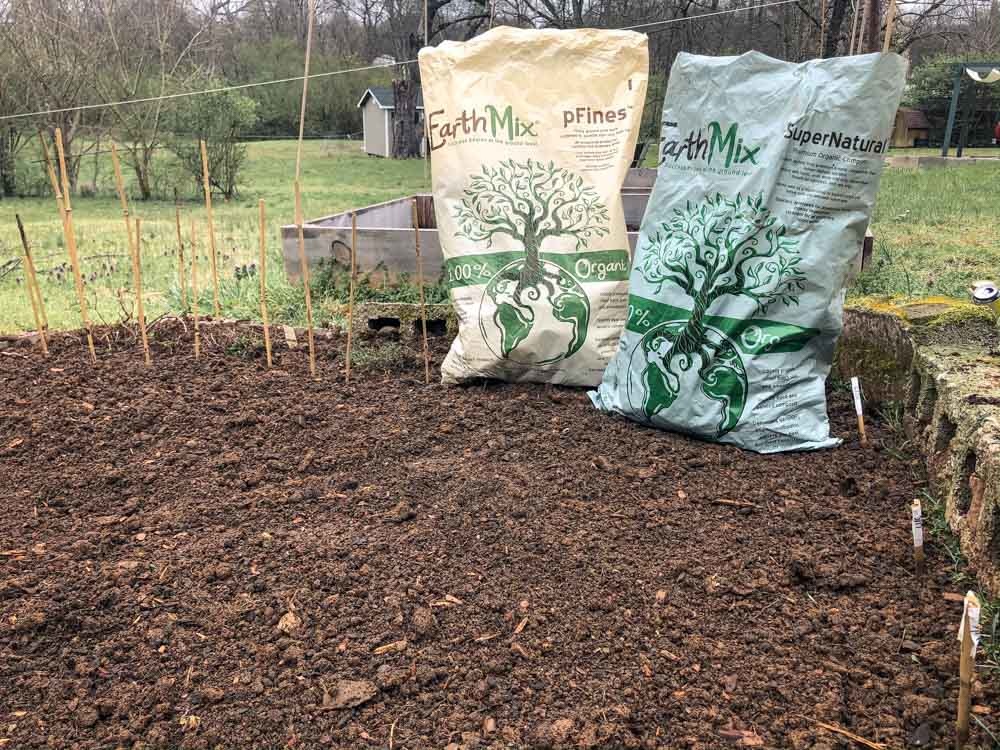
February:
Prep your garden beds
If doing a raised bed, get measurements (length x width x height) to determine how much soil you will need.
In ground, improve the soil by adding compost. EarthMix® Garden Products are organic living soils and amendments made right here in Nashville, and their complete line of soils and amendments enrich native soils and replenish vital nutrients to any garden soil.
Check your seed packets for when to sow the seeds. Keep in mind that the average last frost date for Nashville is April 15. Most vegetables can be seeded indoors for transplanting in the spring about 2-3 weeks prior to the last frost date.
Many cold season crops (kale, cabbage, broccoli, spinach, cilantro, etc). can be direct sown 3 weeks prior to the last frost date.
March:
Plant & Transplant
You can direct sow cool season crops (kale, broccoli, cauliflower, cabbage, etc.) a few weeks prior to the last frost date, in late March. They can also be transplanted 2-3 weeks before the last frost date (April 15). Peas and lettuce can also be direct-sown at this time.
If you are starting your own warm-season plants (tomatoes, peppers, etc.) get them sown indoors. Just remember that they need plenty of light, and the soil should remain moist during germination and sprouting.
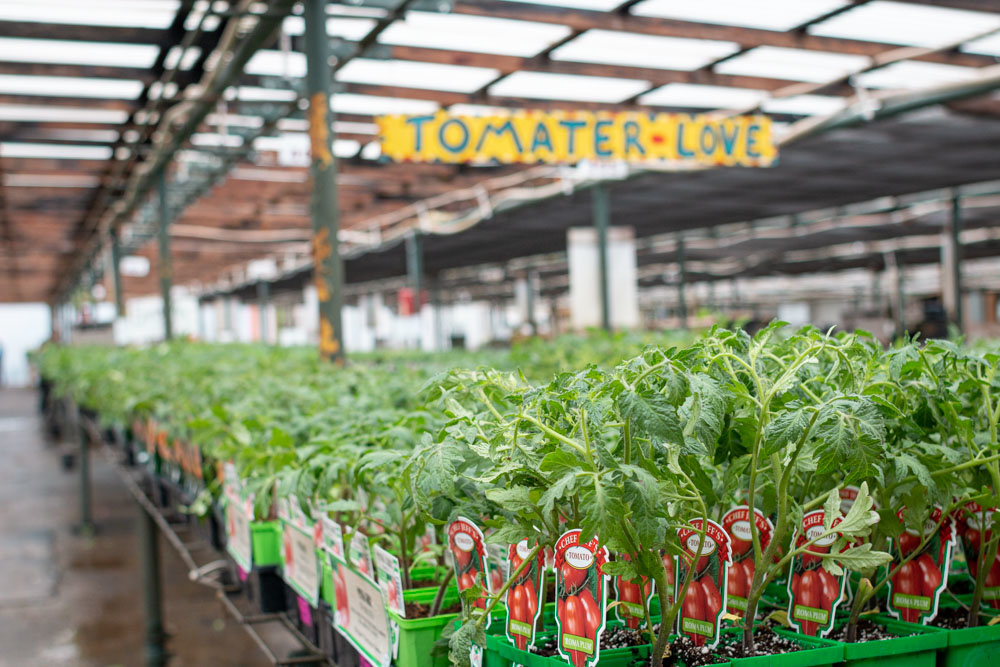
April:
More Planting & Transplanting
Finish direct-sowing cool season crops in early April.
You may be able to start harvesting some lettuce or kale that you planted in February!
Begin direct-sowing warm season crops like beans and corn around April 15th.
Purchase warm-season transplants and harden off both purchased and home-grown transplants off before putting them in the ground.
Once hardened off, transplant warm season crops in the garden—around mid to late April for ideal growing conditions.
May:
Harvest, Transplant, Water, Maintain
You will be able to start harvesting your cool-season crops like kale, brussels sprouts, cabbage, and collards now.
Finish transplanting warm-season starts in early May. You can also continue planting successions of quick growing crops like beans, radishes, and lettuce.
The hot, dry summer is on the horizon. Make sure that you have irrigation in place-whether that be a hose or drip irrigation. Pro tip: Water in the morning to reduce the amount of fungal growth and pests in your garden. Avoid getting water on the foliage to reduce spotting and fungal issues.
Begin really examining plants for pests and take steps to mitigate pest damage if needed. Pro tip: Insecticidal soap is a great option for targeting and removing pests. It must be applied directly to the pest in order to be effective.
Start weeding. Weeds compete with vegetables for nutrients, and can choke out vegetables.

June:
Harvest Cool Season Crops & Refresh Soil
The cool season crops that you planted way back in February don’t love the heat, and it might be time to pull them up to make space for plants that thrive in the heat-okra, melons, and squash are all great options.
When you pull out your cool season crop, be sure you are replenishing nutrients by adding some rich organic matter like EarthMix® Magic™ Mushroom Compost.
July:
Harvest, Side-Dress, Maintain, Begin Planning Fall Crops
In July you should have some ripe tomatoes, peppers, beans, melons, and summer squash that is ready to harvest.
Side-dress plants with a product like EarthMIx® Veragra Earthworm Castings or EarthMIx® Magic™ Mushroom Compost to replenish nutrients.
Make sure that your irrigation system is working properly, weed, and be on the lookout for pests, disease, and fungus.
Most cool-season crops should be seeded indoors for transplanting in late July or early August. If you want some fall veggies, buy seed now.
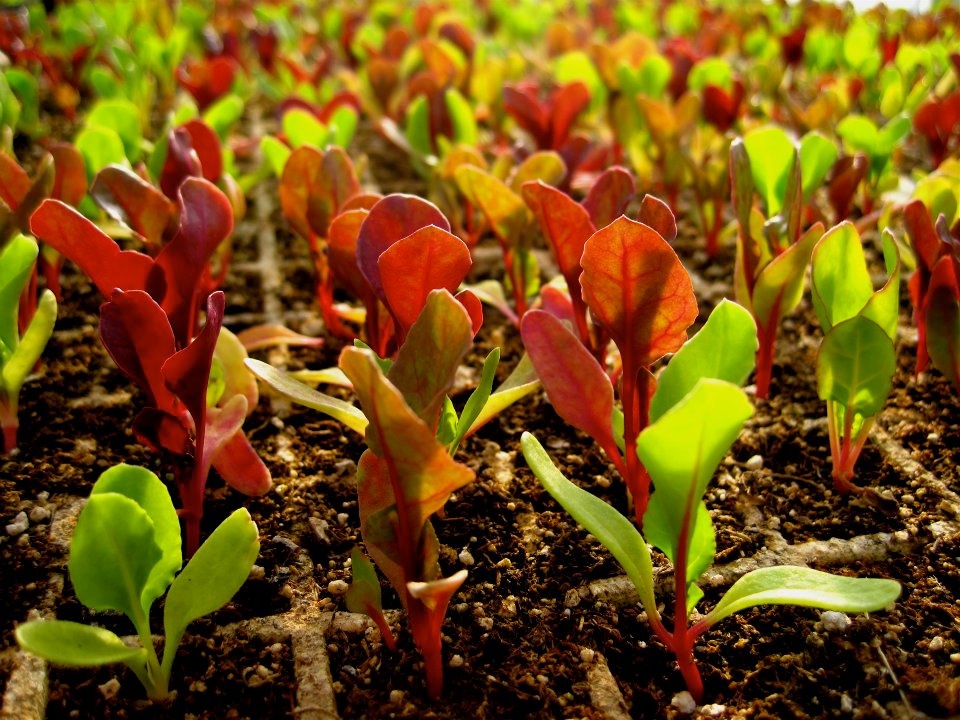
August:
Maintain, Harvest, Prepare Soil, Transplant Fall Crops
Make sure your plants are getting adequate water and that they aren’t afflicted by pests or disease.
Continue harvesting warm-season crops.
Prepare soil for cool-season fall crops. Add beneficial organic matter by applying EarthMix® Supernatural™ Compost.
Transplant fall crops that require a long growing period near the end of August.
September:
Weed, Harvest, & Plant Fall Crops
Make sure that weeds don’t go to seed—they’ll cause trouble next year. Remove all weeds from the garden.
Harvest from your warm-season crops from your succession plantings.
Direct-sow or transplant fall crops as the weather cools.
October:
Finish Sowing Cool Season Crops, Sow a Cover Crop
Finish direct-sowing and transplanting cool-season crops.
Cover crops are a great way to improve soil structure and nutrient availability. Consider sowing a cover crop in your spent garden plot to keep your garden working all winter. You’ll be rewarded with more friable and fertile soil next season.
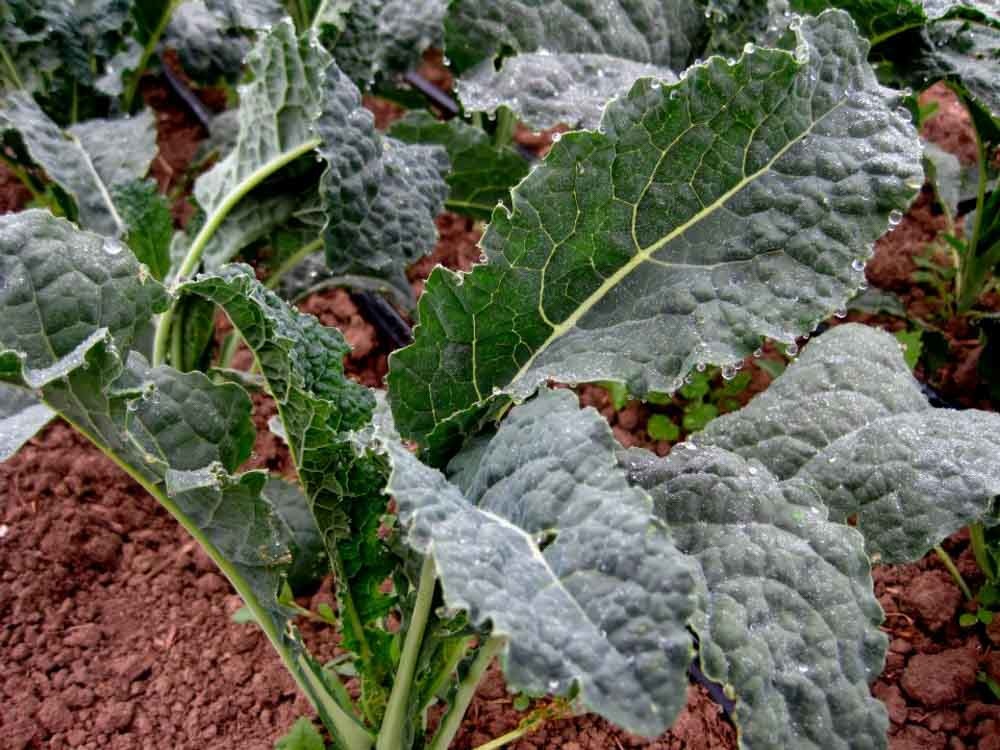
November:
Harvest Fall Season Veggies, Sow Cover Crops, & Compost
Now is the time to finish harvesting your cool-season veggies. Enjoy the bounty!
Sow a cover crop over the area where your cool season veggies were.
Start a compost pile! Use disease-free plants pulled from your garden, and turn frequently. Making your own compost is a great way to reduce waste and to add critical biomass to your garden next spring.
December:
Finish Harvesting Cool-Season Veggies, Plan for Next Year
If you still have some hardy cool season veggies in your garden, harvest them now.
Begin prepping for next year! Clean your garden tools, order seeds, and begin planning improvements for next spring.

Comments
Be the first to comment...